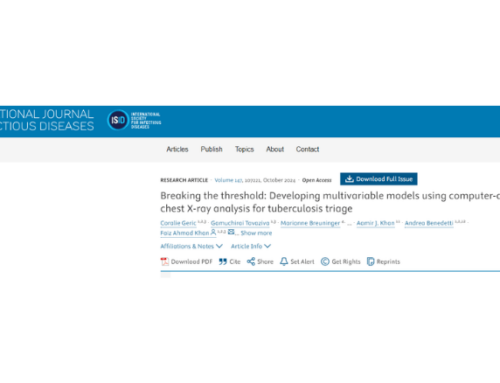Early user perspectives on using computer-aided detection software for interpreting chest X-ray images to enhance access and quality of care for persons with tuberculosis
🔗2023
🔗Journal/Publication: BMC Global Public Health
🔗Read it in full version: https://doi.org/10.1186/s44263-023-00033-2
Abstract
Despite 30 years as a public health emergency, tuberculosis (TB) remains one of the world’s deadliest diseases. Most deaths are among persons with TB who are not reached with diagnosis and treatment. Thus, timely screening and accurate detection of TB, particularly using sensitive tools such as chest radiography, is crucial for reducing the global burden of this disease. However, lack of qualified human resources represents a common limiting factor in many high TB-burden countries. Artificial intelligence (AI) has emerged as a powerful complement in many facets of life, including for the interpretation of chest X-ray images. However, while AI may serve as a viable alternative to human radiographers and radiologists, there is a high likelihood that those suffering from TB will not reap the benefits of this technological advance without appropriate, clinically effective use and cost-conscious deployment. The World Health Organization recommended the use of AI for TB screening in 2021, and early adopters of the technology have been using the technology in many ways. In this manuscript, we present a compilation of early user experiences from nine high TB-burden countries focused on practical considerations and best practices related to deployment, threshold and use case selection, and scale-up. While we offer technical and operational guidance on the use of AI for interpreting chest X-ray images for TB detection, our aim remains to maximize the benefit that programs, implementers, and ultimately TB-affected individuals can derive from this innovative technology.



